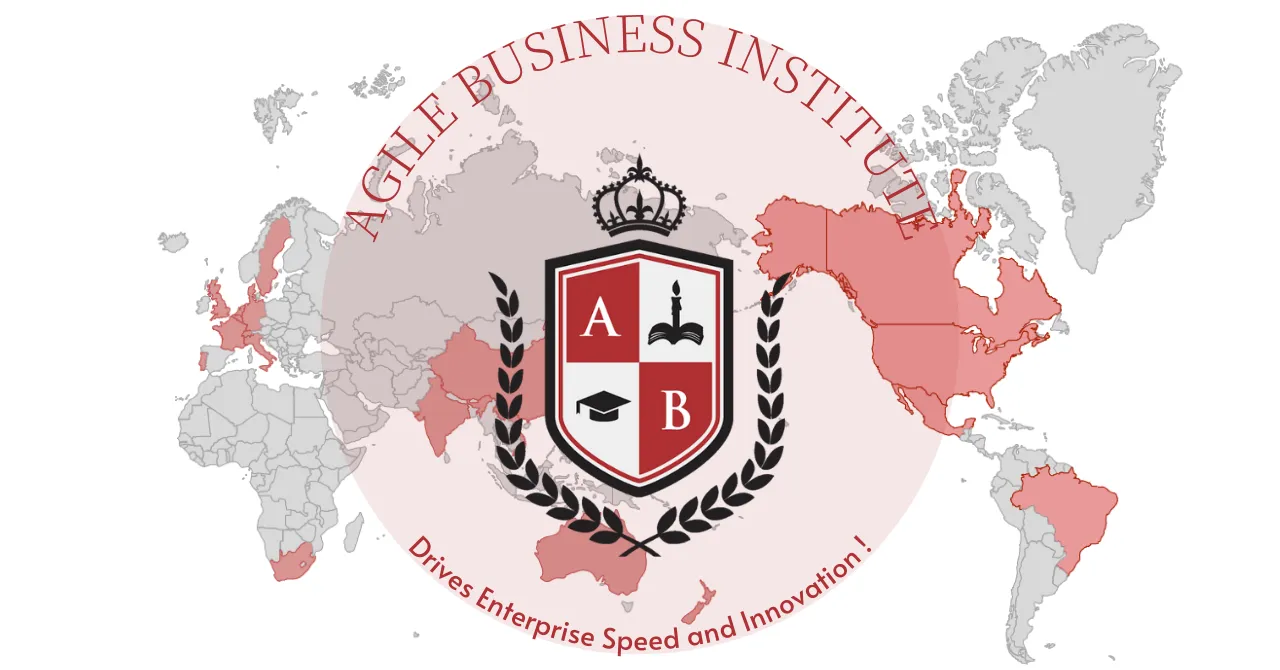What is an inception deck? How to create one in Agile development and specific examples.
In recent years, Agile, which is becoming mainstream as a development method, has many important processes. One of them is the ” Inception Deck “. This is effective for all parties involved in the project to have a common understanding.
In this article, I will explain what an Inception deck is, what it consists of, and how to create one.

What you can learn from this article
What is an Inception Deck?
Before explaining the Inception deck, let’s quickly review agile development .
Agile is a project management method created as a solution to the weaknesses of the traditional waterfall development method. Agile divides the project into small units and proceeds with the project while repeating development and testing. This allows us to respond flexibly while incorporating feedback. See also
the difference between Agile and Waterfall .
And one of the important things in promoting agile is that the team has a common understanding of the project vision . The Inception Deck helps create this vision.
At the beginning of a project, each member or stakeholder usually has different goals and definitions of success. Creating an Inception deck clarifies various ideas and assumptions. This will help you have a common view of your goals, your audience (personas), and what needs to be developed.
In other words, the Inception Deck is created so that all parties involved in the project can work together with a common understanding of the “project vision” and “business goals” by understanding the overall picture of the project.
Benefits of creating an Inception deck in Agile development
What are the benefits of creating an Inception deck and having a common team “project vision” and “business goal”?
First, the team can understand who the potential users are and where to go. So you can prioritize and sift through what needs to be built and what doesn’t.
Creating an Inception deck also aligns the goals of the team and project stakeholders. Having a common product vision and deepening mutual understanding are often the keys to success.
How to create an Inception Deck in Agile Development
An Inception deck can be created by answering just 10 questions.
All members involved in the project are encouraged to participate.
- why are we here
- elevator pitch
- package design
- not to do list
- find your neighbors
- draw a solution
- problem sleeping at night
- ascertain the period
- trade-off slider (priority)
- what is needed and how much
Let’s take a closer look.
[Concrete example] Understand the intent of the 10 questions that make up the Inception deck
A quick reminder of why we are here, who our customers are, and why we decided to do this project.
- Who are your target customers?
- Why did you start the project?
- Why do we need this project?
To explain the ‘what, why, how’ to someone who knows nothing about it, in a clear and simple way, usually within 60 seconds (time to get in the elevator).
For [target customer],
[product name] is
[product category].
It has [main advantage, compelling reason to buy], [differentiating features]
from [major competing services] . *Fill in [] to complete the elevator pitch.
Please draw not only the package design, but also the completed image of the product, logos, characters, how to show advertisements and PR, etc.
Visual images are much easier to match than verbal images.
Teams often get bogged down with questions about scope. A way to reduce scope questions is to agree on out-of-scope.
Teams and stakeholders often have different ideas about what’s out of scope, so it’s important to come to an agreement up front.
In other words, I think in order to clarify “what to do” and “what not to do” in this project.
A neighbor is someone who is involved in a project.
In addition to the actual team members, we will pick up all the people involved in this project, such as external human resources who can be relied on in case something happens, and the person in charge of the customer.
Discuss technical matters about what approach is most suitable for carrying out the project. The technical approach may change from the initial idea as the team’s understanding evolves. But having a technical discussion beforehand will help us move forward.
The key here is to identify dependencies and potential risks. We also consider possible solutions to minimize its impact.
Preparing in advance what kind of measures can be taken in the event of trouble is useful for the subsequent progress of work.
How big is the project? A conversation to determine how much effort this is compared to other work the team has done so far.
This is not a promised delivery date, but to have an image of how much work is roughly done.
All projects have constraints such as scope, money, time and quality. What are the most important and least important things for this project?
Scope: Equipped with all functions
Budget: Within budget
Delivery: Delivered on time
Quality: High quality with no bugs
What is your budget? How long does it take? Who do you need on your team?
Here, we will check how much cost, period, and skills (number of people) are required.
Advice on how to use the Inception Deck in Agile development projects


To be honest, I don’t use Inception decks.
In Japanese classes, I am sometimes asked about Inception decks, and I have the impression that they are more popular in Japan than in America or Europe. However, we do most of the work, just not calling it an “Inception Deck”!
In particular, it is important for the team to have a common “project vision” and “business goal”. This leads to team member motivation and psychological safety.
If you just follow the instructions of your customers or your superiors, you tend to feel like you are being forced to do something.
By being involved in the formulation of visions and goals and understanding them, you will be able to understand “why do you have to do this work” and “what is the value of your work”. increase. This increases satisfaction and can be a catalyst for active thinking.
I recommend that you start by creating a vision. Other questions are also important, but these may change as work progresses. So don’t spend too much time and be flexible!
Inception Deck Template
Reference You can check the Inception deck template
(Japanese version) at “Agile Samurai” .
Summary
I explained the benefits of the Inception deck and how to make it. You don’t have to answer all 10 questions, or you can arrange them. But they help build strong teams.
Even if the work is already in progress, start with the part that interests you and try to incorporate it like a game!

コメント